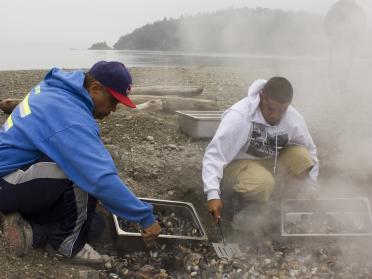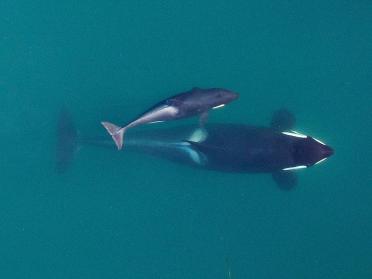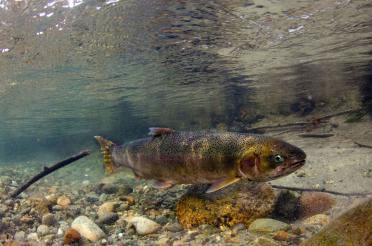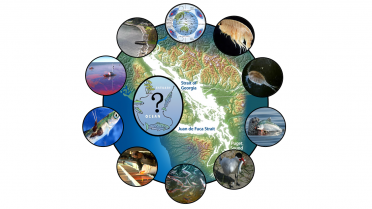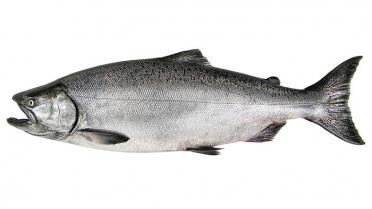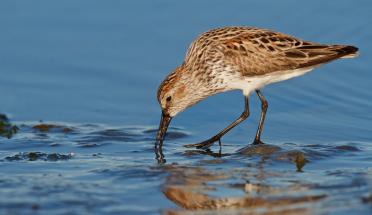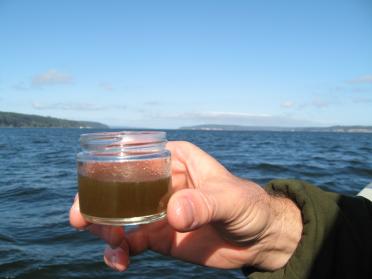Series:
Themes from the 2016 Salish Sea Ecosystem Conference
About the series
A series covering major science themes presented at SSEC16 in Vancouver, BC. Sponsored by U.S. EPA and the Salish Sea Ecosystem Conference.
Stories exploring major research themes presented during the 2016 Salish Sea Ecosystem Conference in Vancouver, BC. See also complementary reports in SSEC16 snapshots.
Booklet: 2016-17 special report for Puget Sound policymakers (PDF)


